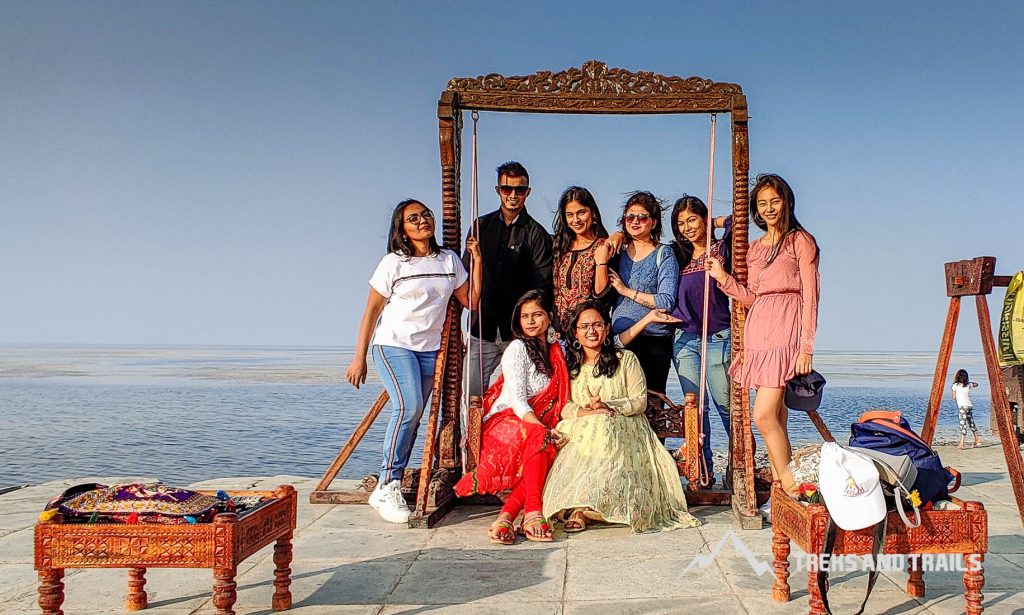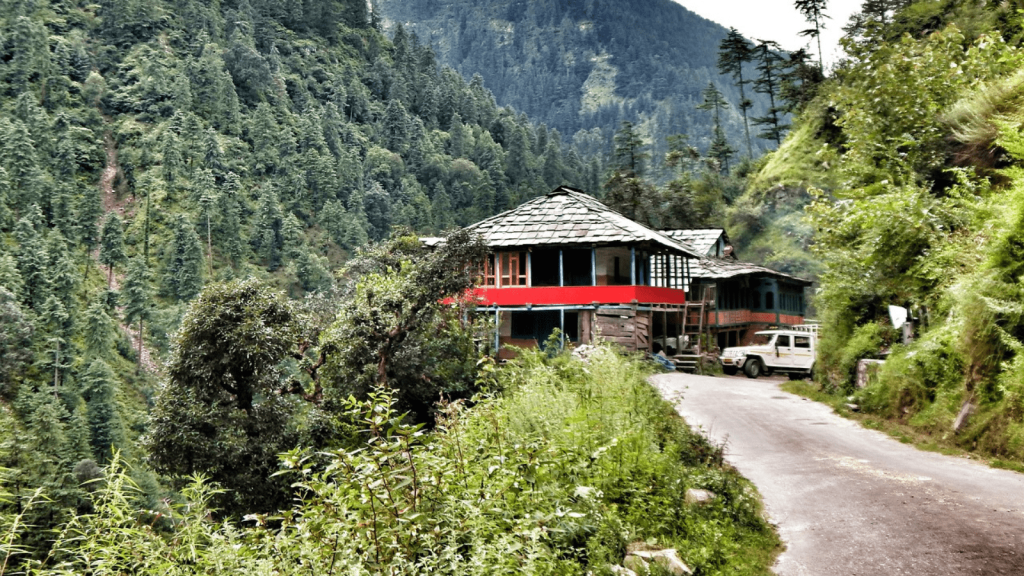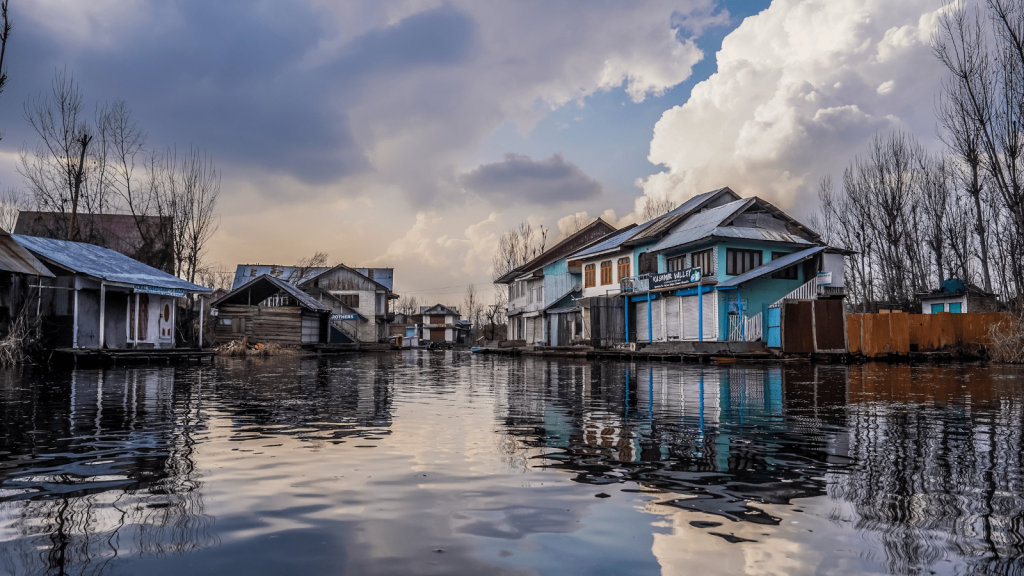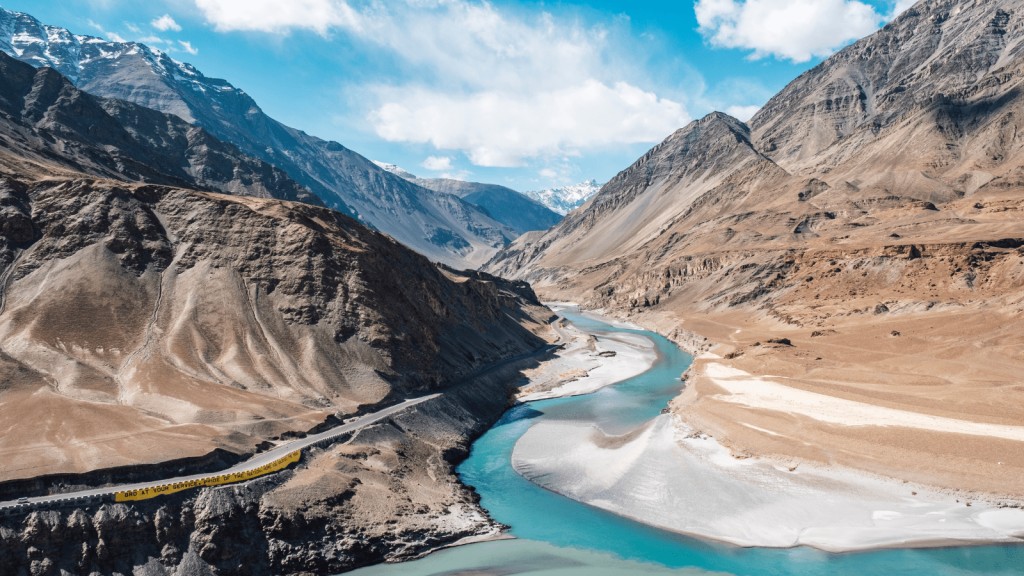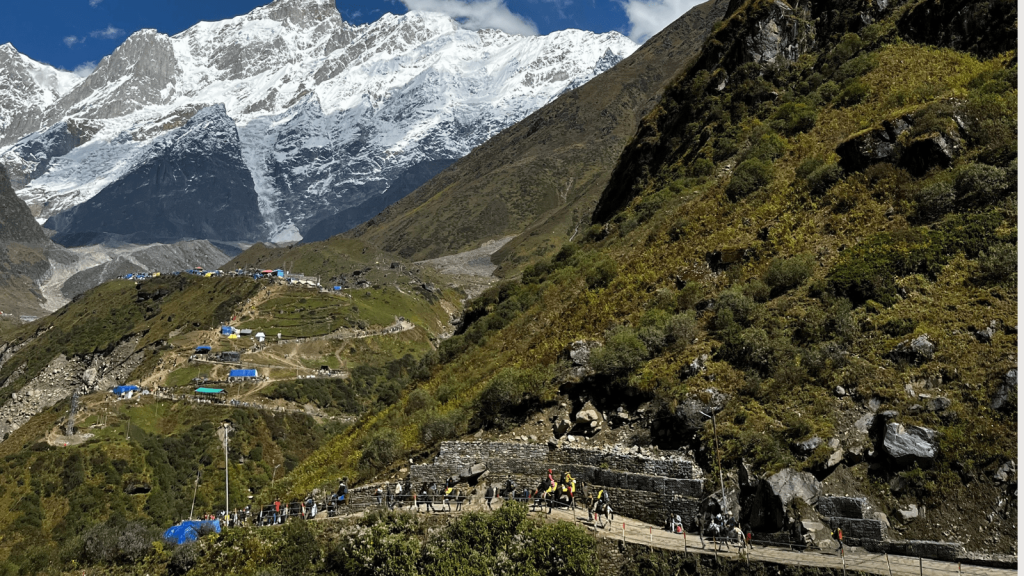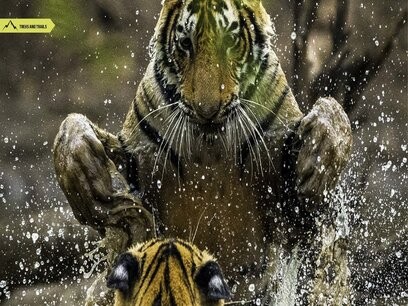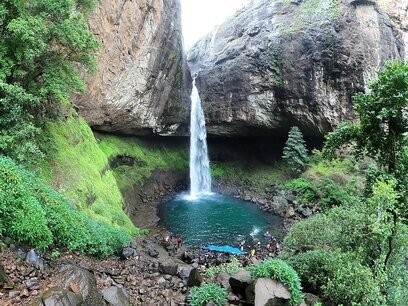About Bhuj:
Bhuj, formerly sacred to the snake Bhujang, was established by Rao Hamirji in 1510 and was made the capital of Cutch State by Rao Khengarji I in 1549. Its foundation stone as state capital was formally laid on Vikram Samvat 1604 Maagha 5th (approx. 25 January 1548). After 1590, when Rao was forced to acknowledge Mughal supremacy, Bhuj was known as Suleiman Nagar among Muslims. The walls were built by Rao Godji I in 1723, and the Bhujiya Fort by Devkaran Seth in Rao Deshalji I's time (1718 - 1741). Bhuj has been attacked six times. In two cases the defense was successful and in four it failed. In a attack by Sarbuland Khan in 1728, Mughal Viceroy of Gujarat, was repulsed by Rao Deshalji I, and, in 1765 Mian Ghulam Shah Kalhoro was, by a timely display of the strength of the fortifications, induced to withdraw. During the civil troubles of the reign of the Rao Rayadhan III, Bhuj was thrice taken, by Meghji Seth in 1786, by Hansraj in 1801, and by Fateh Muhammad in 1808. On the 26th March 1819, the hill fort of Bhujia was captured by a British detachment under Sir William Keir. **** Source Wikipedia
About Kutch:
Kutch literally means something which intermittently becomes wet and dry; a large part of this district is known as Rann of Kutch which is shallow wetland which submerges in water during the rainy season and becomes dry during other seasons. The same word is also used in the languages of Sanskrit origin for a tortoise. The Rann is famous for its marshy salt flats which become snow white after the shallow water dries up each season before the monsoon rains. The district is also famous for ecologically important Banni grasslands with their seasonal marshy wetlands which form the outer belt of the Rann of Kutch. Kutch District is surrounded by the Gulf of Kutch and the Arabian Sea in south and west, while northern and eastern parts are surrounded by the Great and Little Rann (seasonal wetlands) of Kutch. The district is well connected by road, rail and air. Being close to international border, Kutch has an army and air force base. **** Source Wikipedia
Places to visit in Bhuj:
Anjar: Is located km south-east of Bhuj. Ajar is an old name for this town. Prior to be hit by a series of earthquakes in 1844, 1874, 1941 and 1956. A major part of Ajar was destroyed in 1956 - however the city was rebuilt. Now known as Naya Anjar.
Mandvi:
It is said that in ancient time the navigators and traders from Mandvi were famous world over. Mandvi was established as harbour in 1585 by Rao Khengari which connected South Africa, Middle east, China and even Japan. Mandvi is 60 km from Bhuj. A 13km drive from Mandvi will take you to Asharmata temple.
Mundra:
A small coastal town located approx. 60km from Bhuj. In the ancient times, there was a harbour here. An old folklore says that Kanji Malam from Mundra helped Vasco di Gama. The scared Jain city of Bhadreshwar is close to Mundra. The famous Shah Bukhari masjid is here in Mundra. Here is where it is believed that Hindus and Muslims prayed before embarking on a sea journey.
Museums around Bhuj:
Aainamahal
Hours: 09:00 am to 12 noon then 15:00 to 18:00
Thursday Closed
Aaina means mirror - so Aainamahal means Palace of Mirrors. The thought of creating a masterpiece like Aainamahal is remarkable by Ramsingh. The hall of mirror is on the second floor. The centre hall has some awesome pendent handlers. It is said to believe that there are ingenious water pumps to fill the pleasure pools and to operate fountains for cooling the air. With the dust and heat of Kutch summer outside, Aaainamahal was a perfect example of a modern day air conditioner. We can also view the Dutch clock, English celestial globes and a few mechanical toys
Writing on the wall: See pic
The Kutch Museum:
Hours: 10:00 am to 13:00 and 15:00 to 17:30
Closed on Wednesday, 2nd & 4Th Saturday and Public holidays
Kutch Museum at Bhuj was initially a part of the school of art established by Maharao Khengarji in 1877. It is also the oldest museum of Gujrat. It is said that the foundation stone of the new building was laid by Sir James Fergusson in 1884. This museum has the largest collection of Kshatrap inscriptions, which even today is major attraction for scholars. Other items for display here is ancient arms, utensils, coins, wood carvings etc.
Bharatiya Sanskruti Darshan:
Hours: 10:30 am to 13:00 and 15:00 to 18:00
Sunday Closed
This museum contains approx. 1500 rare books and 4500 exhibits on display. This includes many architectural and historic articles. Outside the museum in the compound there are huts constructed to display traditional rustic life style of Kutch. One of these huts is known as Kothala. In olden times, ornament, money and other valuable of the royal family were kept in a "Kothala".
Sharad Baug Palace:
Hours: 10:00 am to 12:00 noon and 15:00 to 18:00
Friday Closed
The last know ruler of Kutch "Maharao Madansinhji" saheb lived here. He dies in 1991 post which the place was open to tourist. Many pricless and antique items are on display here. Maharao Madansinghji was also the ambassador to Normay in 1956. There is marble chhatri in the place garden.
Pragmahal:
Hours: 09:00 am to 12:00 noon and 15:00 to 18:00
Named after Rao Pragmalji II, who commissioned it and construction began in 1865.It was designed by Colonel Henry Saint Wilkins in the Italian Gothic style, and many Italian artisans were involved in its construction. The palace artisans' wages were paid in gold coins. Construction of the palace, which ultimately cost 3.1 million rupees, was completed in 1879 during the regency of Khengarji III (Pragmalji II's son) following Pragmalji II's death in 1875.The local Kutchi builder community (Mistris of Kutch) were also involved in construction of Prag Mahal along with Colonel Wilkins. The palace is made of Italian marble and sandstone from Rajasthan. The main hall, filled with decaying taxidermy. Durbar hall, with broken chandeliers and classical statues. Corinthian pillars. Jali work depicting European plants and animals. It has 45-foot-high tower with a clock, from where you can see the entire Bhuj city. There is also a small temple in the courtyard behind the palace with nicely carved stonework. *** Source Wikipedia
Religious Places around Bhuj:
Narayan Sarovar
Koteswar
Mata no madh
Ravechi
Baladiya
Dhrang
Jakhs
Jogninar
Pathapir Bhedi
Abadapir
Hajipir
Bhadreshwar
Ibramhim Dargah
List of Historic Places around Bhuj:
Kera
Kotay
Dhinodhar
Andhau
Khishan Haveli
Bhuvad
Manirogadh
Tera
Dholavira (Mohenjo Daro, Harappan)
Gedi
Janan
Kanthkot
Vrajvani
Kaladunger
Trades of Kutch
Embroidery work of Ahir, Rabari, Bavalia communities
Leather Embroidery
Hand Block printing
Printing using vegetable dyes
Rogan painting
Artistic cotton and wool weaving
Wood carving
Terracotta pots making
Mud wall painting
Silver engraving
Making pen knives and nutcrackers
Iron bells for cattle
Kutch Wildlife:
The pride of Kutch, the Indian Wild Ass. It’s known to believe that this original species is the last known living of its kind on earth. Hence is a matter of great pride of people of Kutch in the state of Gujrat. Found in little Rann of Kutch which cover approx. 1000 sq. miles. India Wild Ass is usually found in groups. Each group will have a leader. As per studies it is said to believed that the mating season for the India Wild Ass is in August - October. If you plan to do a jeep safari at the Wild Ass sanctuary, please make inquiries in advance with the local forest officer.
Other Wildlife sanctuaries and reserves:
Kutch Desert Wildlife Sanctuary,
Narayan Sarovar Sanctuary,
Kutch Bustard Sanctuary,
Banni Grasslands Reserve
Chari-Dhand Wetland Conservation Reserve.
What to Drink here!!!
Alcoholic drinks are prohibited in Kutch. Tea is the most popular drink in this regions irrespective of gender or caste. Black tea is considered as a sign of mourning and is not given to guests. Mineral water bottles are available at cheap rates. In some places you also get small packets of water for Rs 2.00
What to Eat!!!
Hotels & restaurants sever vegetarian food is available. Mostly of the eatables are made out of milk, bajara and wheat. Kutch's staple diet does not include rice but pulses (dal) are available. Kachchhi Dabeli is well known local fast food. In place of a vada pav or a buger.
Celebration in Bhuj:
The Great Rann of Kutch festival or Rann Utsav ('Rann' meaning desert and 'Utsav' meaning festival) in December - This is a three-month long carnival filled with music, dance and handicrafts which attracts tourists from all over the globe.
Makar Sankrati in January
Navratri in October or November approx.
Janmashtami in August or September approx.
More Info on how to get here:
By train - Kutch Express (Daily) and Sayaji Nagri Express (Daily) from Mumbai via Surat, Ahmedabad and Gandhidham to Bhuj. Ala Hazrat Express(Daily) from Delhi via Jaipur, Ajmer and Palanpur to Bhuj.
By bus
State transport and private buses available for Mumbai, Ahmedabad, Rajkot, Bhavnagar, Jamnagar and Jodhpur.
By air
There is a daily flight of Jet Airways from Bhuj Airport for Mumbai. A daily flight is started for Mumbai from Kandla
Maximum Temperature: 48°C
Minimum Temperature: 11°
Distance from Bhuj to Ahmedabad: 410km
Distance from Bhuj to Jaisalmer: 813km
Distance from Bhuj to Mumbai: 865km
Note: Please carry a Valid Photo address proof at all times.
Permission is required from BSF (Border security Force) to access the White Rann (you may be charged).
Foreign tourist is recommended to carry a photo copy of the Passport and Visa.
Reference Taken from: Kutch Tour Guide by - Pramod Jethi

